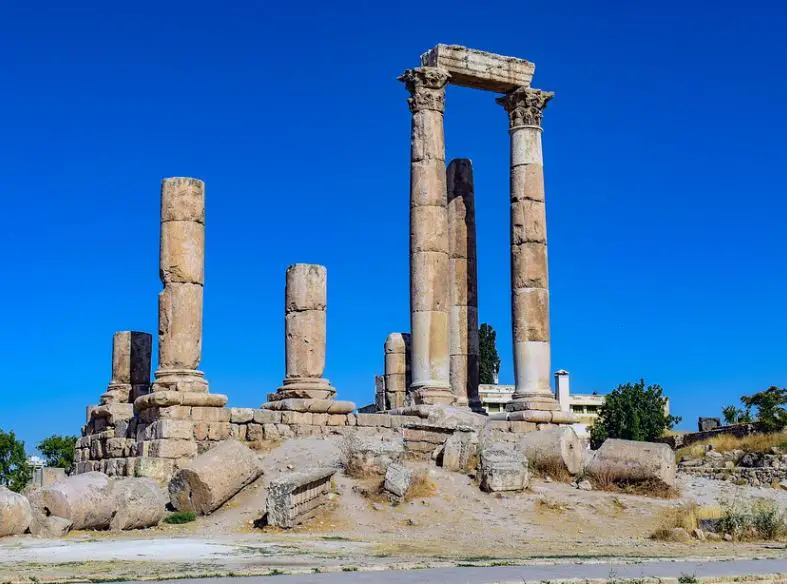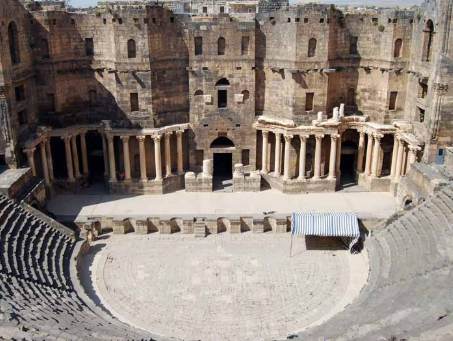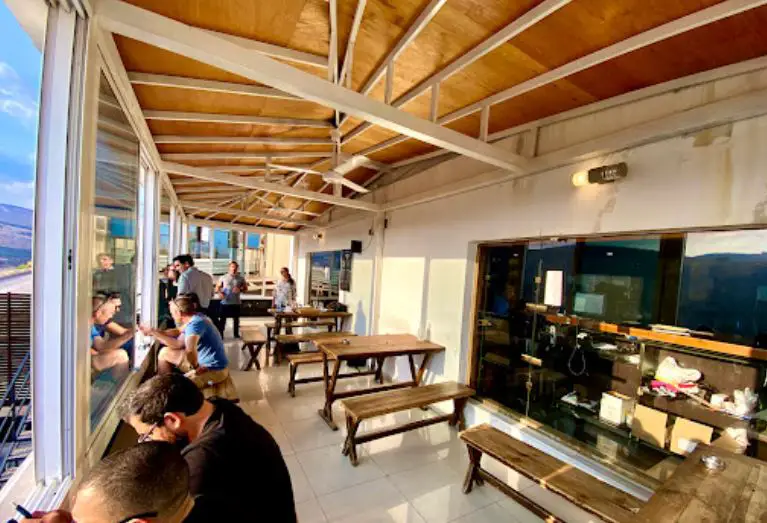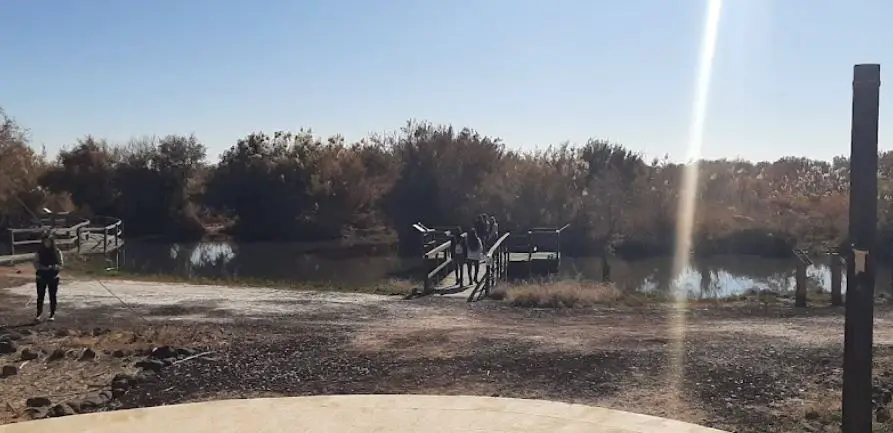Mukawir (Machaerus) - Herodian hilltop fortress In Jordan: Overview,Prominent Features,History,Interesting facts
Overview:
- Mukawir (Machaerus in Greek) is a Herodian hilltop fortress located on the highest mountain in the trans-Jordan region of southern Jordan, above the Dead Sea. It was built by Herod the Great around 30 BCE as a summer palace, and it was the scene of the execution of John the Baptist, as recorded in the New Testament. The fortification includes battlements, bastions and a gatehouse. A remarkable feature of Mukawir fortress is that it is still accessible today, although many of its architectural elements have been destroyed over the centuries. You can learn history, culture, and heritage through these magnificent monuments in Jordan
Prominent Features:
Located on the summit of a high hill, Mukawir (also known as Machaerus) is a well-preserved fortress built by King Herod the Great during the 1st century BCE. The site is known for its strategic importance due to its location on a major trade route that runs through the area. The fortress consisted of three terraces or enclosures, the perimeter of which were strengthened and defended by walls approximately 3m thick. Along the walls were watch posts and corner towers that provided a vantage point over the surrounding area. The highest terrace contained the palace of Herod, which was decorated and equipped with imported marble and tiles. Outside the perimeter of the fortress city lay multiple cemeteries, an amphitheater, a baptistery, and other ruins that demonstrate the diverse activities that took place at the site. These ruins were proposed by some archeologists to be evidence of an early Christian presence in the area. Mukawir is believed to have been the site of the execution of John the Baptist according to Christian doctrine. It was also the site of the last stand of Jewish rebels during the First Jewish–Roman War in 73 C.E., and therefore it is often seen as a symbol for Jewish martyrdom. Today, Mukawir remains a pilgrimage site for many countries around the Mediterranean. This national monument of Jordan portrays the history and culture of the country.
History:
Mukawir, also known as Machaerus, is a hilltop fortress located just east of the Jordan River near modern-day Madaba in Jordan. The site has a long and complex history, stretching back to the Early Bronze Age (3rd millennium BC) and continuing through to the modern day. The earliest evidence of habitation at the site dates to c. 3200 BC during the Early Bronze Age. The site was largely uninhabited in subsequent centuries, but was re-settled in the 7th century BC by Edomites. Mukawir was conquered by the Hasmonean dynasty in the 2nd century BC and was heavily fortified by King Alexander Jannaeus. In the 1st century AD the site was conquered by the Roman Empire and turned into a garrison, housing a large number of troops by the time of Herod the Great. In 40 BC, Herod had a second palace constructed at the site, known as the Palace of Herod the Great, and he used the fortress as a prison for high-profile political prisoners. In AD 71, the site was besieged and conquered by the Romans under Titus in the First Jewish-Roman War. Following the war, Mukawir was again used as a Roman garrison before eventually being abandoned in the 7th century AD. Mukawir was re-inhabited in the 16th century by the Ottoman Empire, but was again abandoned shortly after. The site was eventually re-discovered in 1807 and has since become an important archeological site. The site is currently managed by the Jordanian Department of Antiquities. Today, the site is a popular tourist attraction and is noted for its well-preserved ruins that provide a unique insight into the fortress' long and turbulent history. You must visit one of these historical places in Jordan on your Jordan tour
Interesting facts:
1. Mukawir, also known by its Greek name Machaerus, is an ancient Herodian hilltop fortress located in Jordan. It is best known as the stronghold of the Judean leader John the Baptist, who was beheaded there by Herod Antipas. 2. Archaeologists believe the fortress was built in the mid-first century BC by Herod the Great. It was later used by Herod Antipas as an execution site as well as a royal residence. 3. The ruins of Mukawir remain well-preserved because the site was hidden from sight by a large mound of ancient dirt and debris. 4. Mukawir has a history stretching back into the distant past. It is mentioned in ancient Biblical text as being the stronghold of the King of Moab. 5. The remains of four churches can be seen at Mukawir. The earliest of these is the Church of St. John the Baptist, located in the north of the fortress. It was here that St. John the Baptist was beheaded. 6. The ruins of Mukawir were damaged and neglected during the 19th century, but have since been restored and maintained. 7. Mukawir is popular with tourists, offering a dramatic view of the Jordan Valley and the Dead Sea from the hilltop fortress. Visit one of the famous monuments of Jordan with your friends and family.
Explore Jordan most popular tourist destination with us. Mukawir (Machaerus) - Herodian hilltop fortress In Jordan: Overview,Prominent Features,History,Interesting facts,which is 35.14 km away from Jordan main town, is the most popular destination to add in your travel wishlist.
-
City:
Jordan
-
state:
Jordan
-
country:
Jordan
-
country code:
JO
-
postcode:
11194
Location:
Jordan Jordan
 - Herodian hilltop fortress In Jordan.png)
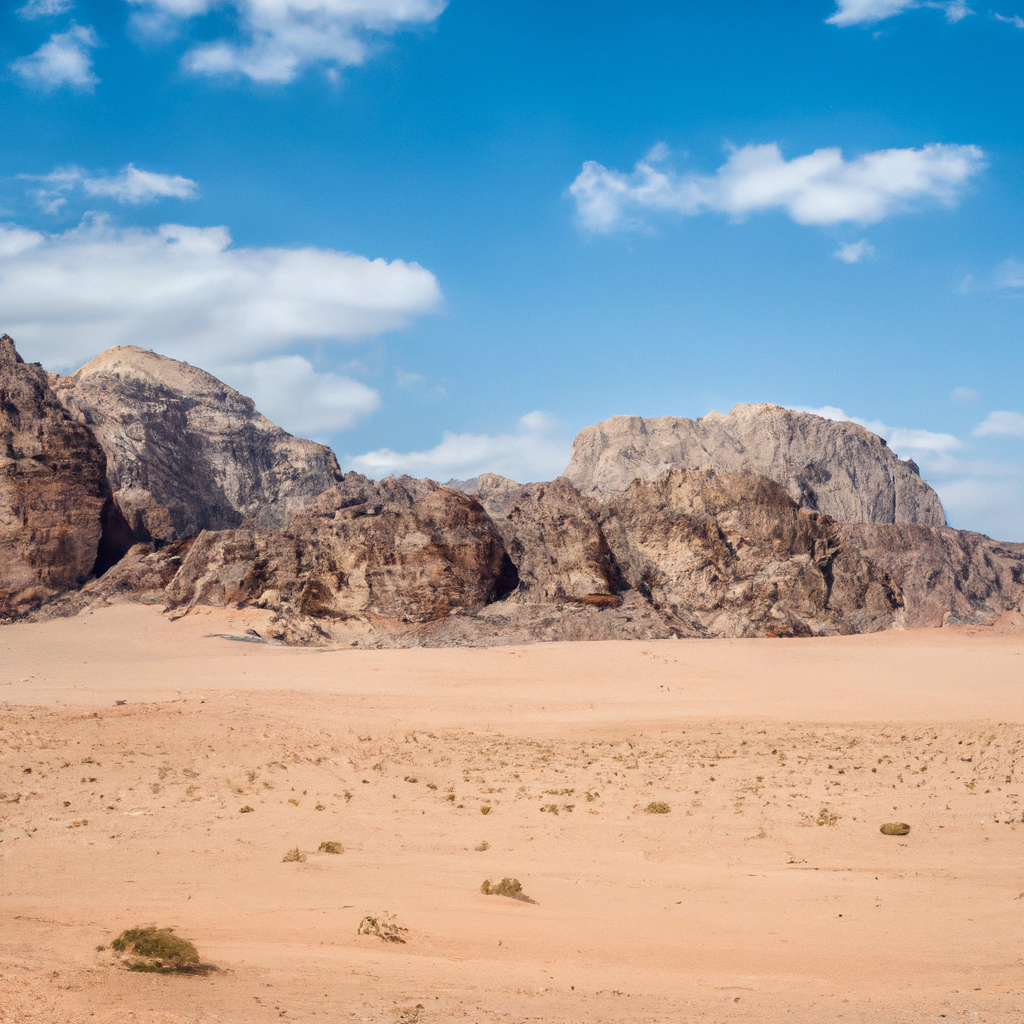
 In Jordan.png)
 In Jordan.png)



